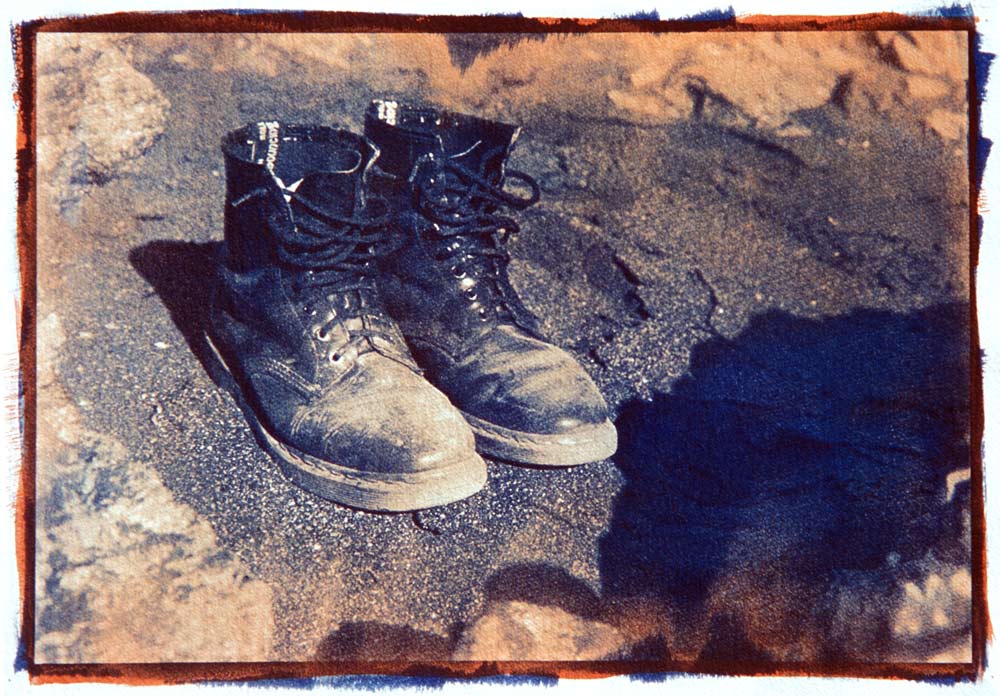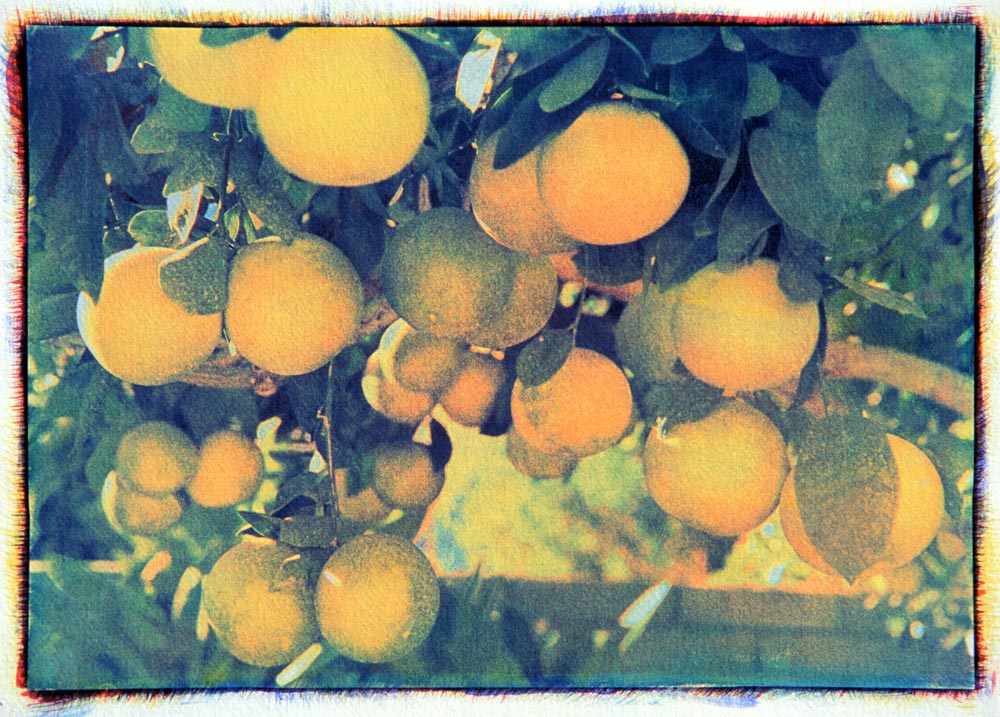hand-crafted photography
artist statement
When I was six years old, I thought my sister, seventeen years older, had magic in her hands. I thought this for two reasons. First, her hands are animated with tremendous grace, as if they have an intention of their own. Second, Alyce is an artist. I thought the two went together. With the skill and precision of an alchemist, her paintbrush renders pigment and water on paper, turning physical materials into imageray of the heart and soul.
I am drawn to the photographic process because of its ability to capture simple, unpretentious beauty, when it happens, wherever it happens. I find the camera an invaluable alternative to beginning with empty paper or canvas. I am then free to study the nuances of light, shadow, and color until I decide how I will translate the image from film to paper.
The mediums I choose for printing requires manipulation by hand, an essential part of creating art to me. These are the most expressive and flexible photographic processes ever invented. The resulting images are subjective and personal, very different esthetically than the perfect realism usually associated with modern color photography. Printing my photographs this way combines the creative mediums I love most into unique, one of a kind hand-made prints that can never be duplicated.
Cyanotype by Adrian Elwell: Boy and Door
cyanotype
In 1842, more than half a century before photography would be considered as an art form, the English astronomer Sir John Herschel discovered the cyanotype process. It was popular with engeneers to produce large-scale copies of their work well into the 20th century. These copies were referred to as blueprints
It was the English Botanist Anna Atkins who brought cyanotypes to photography and published the first photographically illustrated book in 1843. Atkins placed ferns and other plant life directly onto coated paper, allowing the action of light to create a sillhouette effect. By using this photogram process, Anna Atkins is regarded as the first female photographer.
In a typical photographic printing procedure, solutions of potassium ferricyanide and ferric ammonium citrate are mixed. This photosensitive solution is then applied to a receptive surface and allowed to dry in a dark place. Watercolor paper is a preferred medium. A positive image can be produced by exposing it to a source of ultraviolet light (such as sunlight) with a negative of equal size, printed in contact with the paper. The result is an insoluble, blue dye known as Prussian blue.
After exposure, the water-soluble iron salts are washed away, while the non-water-soluble Prussian blue remains in the paper. This is what gives the picture its typical blue color.
Tri-color gum bichromate by Adrian Elwell: Pomegranates
gum bichromate
Introduced in 1894, the Gum Bichromate process was popular in Paris at the beginning of the 20th century. Photography was still a new invention, and not yet widely accepted as an art form. Photographers who valued a more painterly expression, known as “pictorialists”, were instramental in bridging the gap between the technical aspects of photography and the fine art world. These images are often likened to watercolor paintings while maintaining the integrity of photography and giving the artist a new expression altogether.
Like a watercolor painting, gum bichromate photography consists of watercolor pigment on fine art paper. Gum arabic, bichromate of potassium, and water color pigment are mixed to create a photo emulsion which is then brush applied to the paper. When dry, a negative enlarged to the size of the finished image is laid over the paper and exposed to ultra-violet light. The image is developed manually in plain water until the emulsion partially disolves, rendering a faint image. The process is repeated several times to build sufficient visual depth in the image and sometimes multiple colors are used.
There are relatively few artists that work in this medium today as it is exceptionally temperamental. Because of the handmade aspect of these images, each one is unique in that it contains nuances that are specific to the piece.















